Farewell to the MTA–BTK Momentum Mobility Research Group
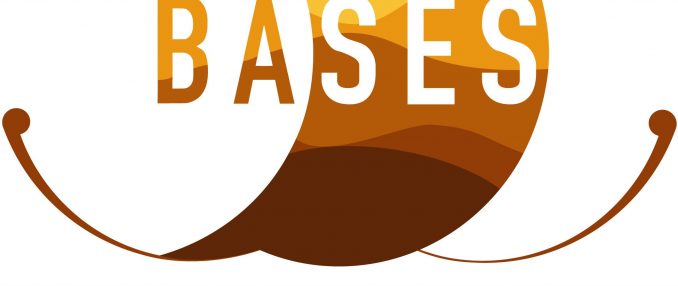
The MTA–BTK Momentum Mobility Research Group, supported by the MTA’s Momentum program since 2015, is taking farewell to its faithful followers and readers. Thanks to the support we rec...
Read moreHumboldt conference in Budapest

The Hungarian Humboldt Society, with the support of the Alexander von Humboldt Foundation, organized a conference entitled Natur, Mensch, Technologie ̶ Nature, Humans, Technology in Septembe...
Read moreViktória Kiss’s presentation in Heidelberg – Bioarcheological studies from the Bronze Age
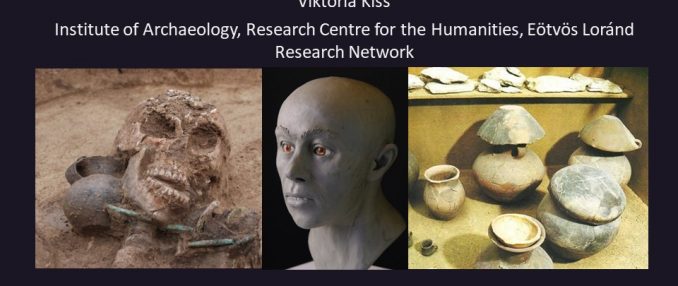
The leader of our research team, Viktória Kiss, gave an online presentation at the Department of Prehistory and Middle Eastern Archaeology at the University of Heidelberg (Ruprecht-Karls-Uni...
Read more4000-year-old cremated remains reveal the life and death of a high-status woman pregnant with twins
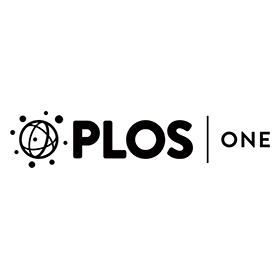
A new study published in PlosOne revealed the results of bioarcheological analyses of 29 Bronze Age individuals from 26 urn cremations and three skeletal burials. These complex archaeologica...
Read moreBronze Age embodied 3.2. Jelena’s outfit
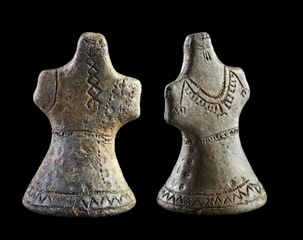
In our previous entry we discussed the Early Bronze Age burials discovered at the site of Balatonkeresztúr-Réti-dűlő in 2003–2004 (Honti et al. 2007, 26–29; Fábián–Serlegi 2009). Here, a pit...
Read moreBronze Age embodied 3.1. Jelena from the southern side of Lake Balaton
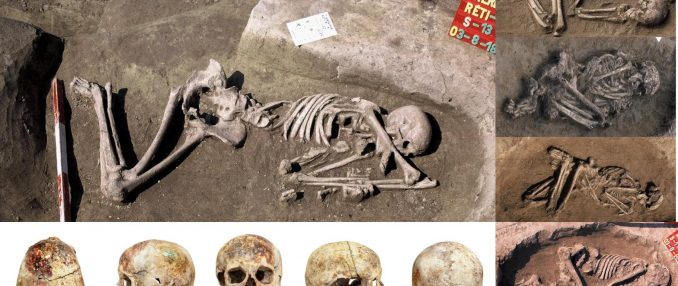
In our series, titled Bronze Age embodied, we aim to highlight the conditions of life and death of women and men from the first thousand years of the Bronze Age (2500–1500 BC), based on find...
Read moreOnline presentation given at the Christian-Albrechts University of Kiel
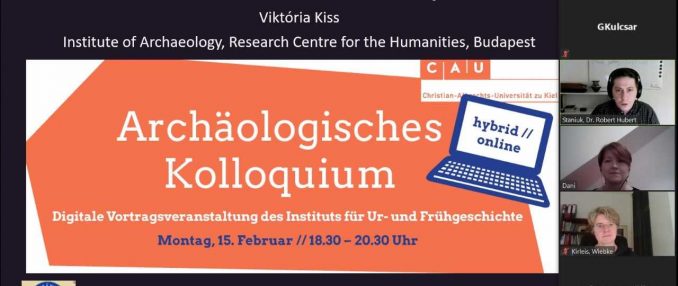
The online lecture was given by Dr Viktória Kiss, the PI of the Momentum Mobility Research Group, detailing the methodologies, international collaborations and the results their work produce...
Read moreStudies of Bronze Age amber finds in Polish–Hungarian cooperation

Recently, our research group has won the Eternal Oak tender of the Wacław Felczak Foundation‘s , which supports Polish-Hungarian scientific cooperation. Through this grant, we have the...
Read moreBronze Age embodied 2.2. A high-status child from the Rába region
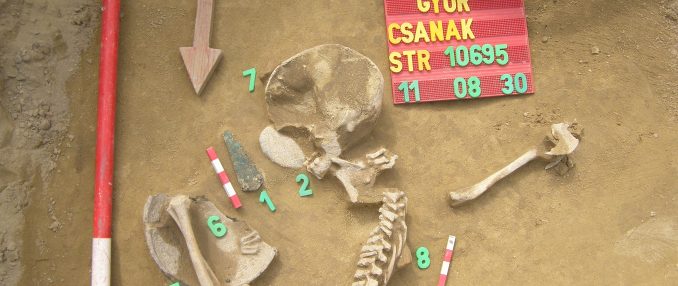
Small bronze daggers, usually equipped with wooden handles, are common in the burials of Early and Middle Bronze Age high-status men buried with golden hair rings. Based on this fact, these ...
Read moreAges and Abilities – The Stages of Childhood and their Social Recognition in Prehistoric Europe and Beyond
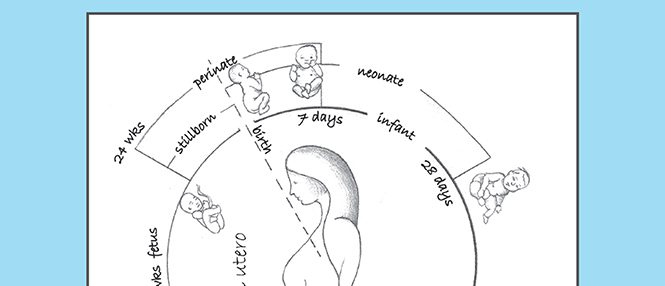
For all those who have been interested in our recent post on Bronze Age children, we would like to draw attention to the volume entitled Ages and Abilities, published in the past weeks. This...
Read moreBronze Age embodied 2.1. Children in the Bronze Age
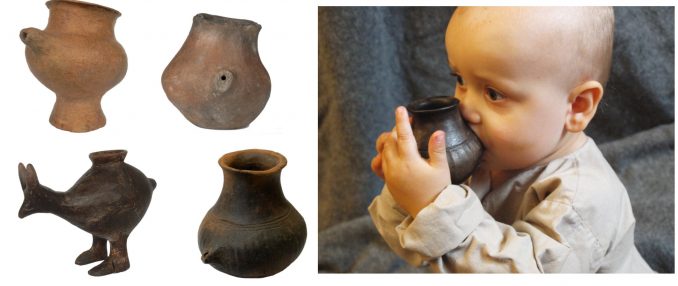
In our previous posts we presented the tale of a high status man. Now, before we get to the next individual story, the life and death of a Bronze Age child, it is worth to review what we kno...
Read moreFaces from the Bronze Age – the first Bronze Age facial reconstruction from Hungary in the new volume of Határtalan Régészet Journal
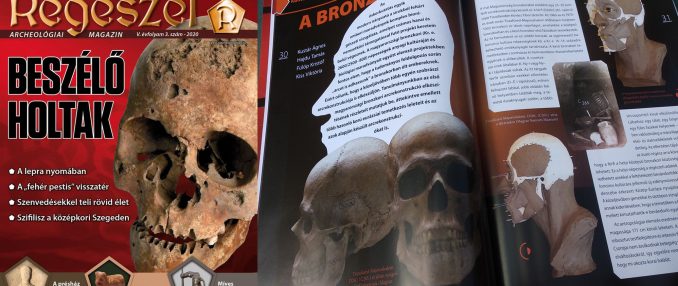
One of the modern trends in prehistoric archeology is the complex bioarcheological study of human remains excavated from graves, which is carried out within the framework of several domestic...
Read morePresentations by our research group on Bronze Age archeology at the virtual conference of the European Association of Archaeologists
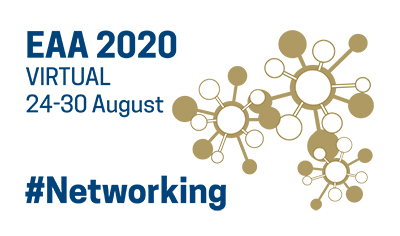
Conferences of the European Association of Archaeologists (EAA) have been organized year after year in major European cities for the past 25 years. A meeting to be held in Budapest has long ...
Read moreBronze Age Embodied 1.2. How can we imagine the chief from Balatonakali?
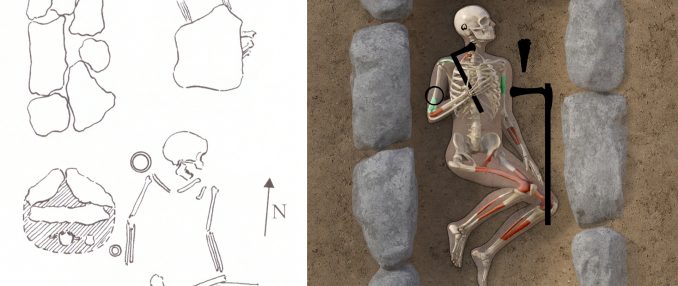
As it turned out from our previous post, the chiefly burial at Balatonakali was not discovered by an archaeologist. In this way no drawing or photograph was made of the exact location of the...
Read moreOur research group in InfoRádio’s program entitled Szigma
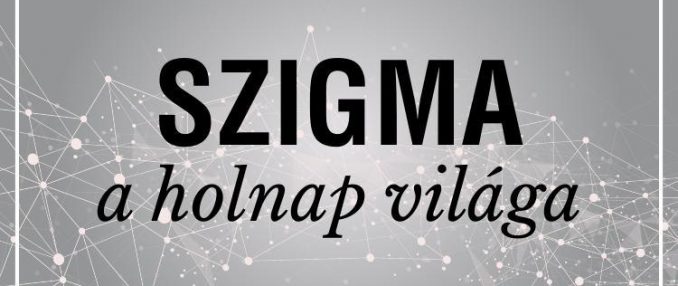
Radio listeners can get to know the latest research results and discoveries in Hungary and the world first-hand, with the help of researchers and experts, through the Szigma scientific educa...
Read more







